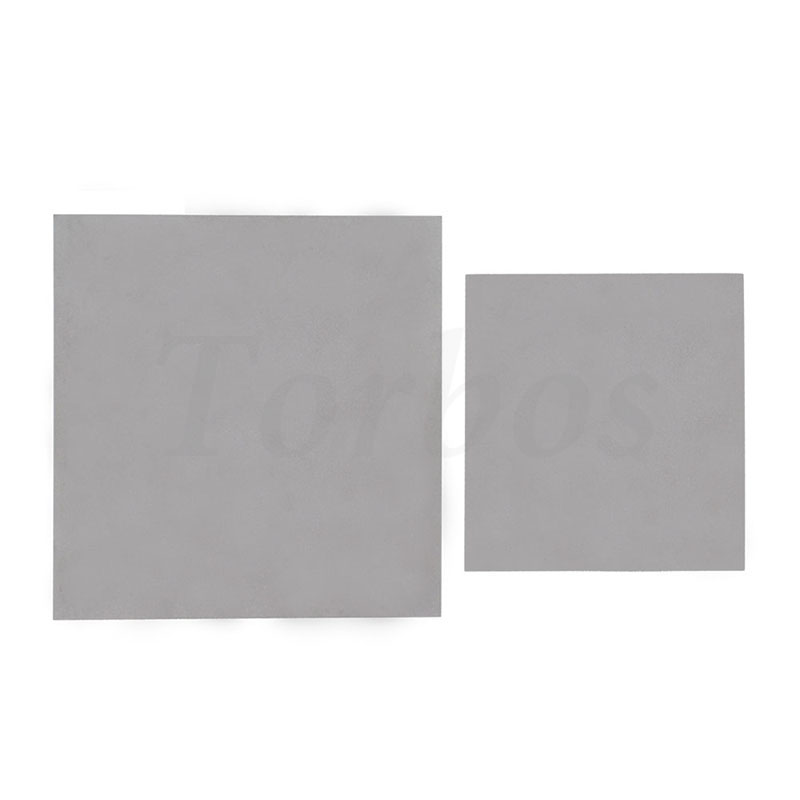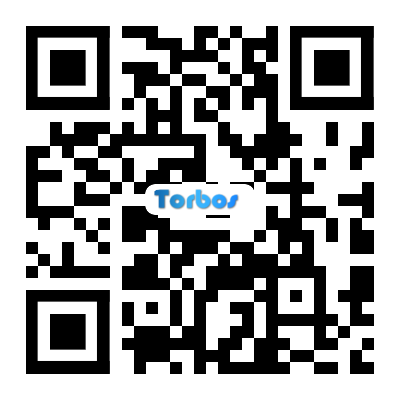What are the types of ceramic heat dissipation substrates?
2024-01-05
According to manufacturing process
At present, there are five common types of ceramic heat dissipation substrates: HTCC, LTCC, DBC, DPC, and LAM. Among them, HTCC\LTCC all belong to the sintering process, and the cost will be higher.
1.HTCC
HTCC is also known as "high-temperature co-fired multi-layer ceramic". The production and manufacturing process is very similar to that of LTCC. The main difference is that the ceramic powder of HTCC does not add glass material. HTCC must be dried and hardened into a green embryo in a high-temperature environment of 1300~1600°C. Then via holes are also drilled, and the holes are filled and circuits are printed using screen printing technology. Because of its high co-firing temperature, the choice of metal conductor material is Limited, its main materials are tungsten, molybdenum, manganese and other metals with high melting points but poor conductivity, which are finally laminated and sintered to form.
2. LTCC
LTCC is also called low-temperature co-fired multi-layer ceramic substrate. This technology requires first mixing inorganic alumina powder and about 30%~50% glass material with organic binder to make it evenly mixed into a mud-like slurry; then Use a scraper to scrape the slurry into sheets, and then go through a drying process to form thin green embryos. Then drill via holes according to the design of each layer to transmit signals from each layer. The internal circuits of LTCC use screen printing technology to fill holes and print circuits on the green embryo respectively. The internal and external electrodes can be made of silver, copper, gold and other metals respectively. Finally, each layer is laminated and placed at 850~ The molding is completed by sintering in a sintering furnace at 900°C.
3. DBC
DBC technology is a direct copper coating technology that uses copper's oxygen-containing eutectic liquid to directly connect copper to ceramics. The basic principle is to introduce an appropriate amount of oxygen between copper and ceramics before or during the coating process. At 1065 In the range of ℃ ~ 1083 ℃, copper and oxygen form a Cu-O eutectic liquid. DBC technology uses this eutectic liquid to chemically react with the ceramic substrate to generate CuAlO2 or CuAl2O4, and on the other hand, infiltrate the copper foil to realize the ceramic substrate and Copper plate combination.
4. DPC
DPC technology uses direct copper plating technology to deposit Cu on an Al2O3 substrate. The process combines materials and thin film process technology. Its products are the most commonly used ceramic heat dissipation substrates in recent years. However, its material control and process technology integration capabilities are relatively high, which makes the technical threshold for entering the DPC industry and achieving stable production relatively high.
5.LAM
LAM technology is also called laser rapid activation metallization technology.
The above is the editor's explanation of the classification of ceramic substrates. I hope you will have a better understanding of ceramic substrates. In PCB prototyping, ceramic substrates are special boards with higher technical requirements and are more expensive than ordinary PCB boards. Generally, PCB prototyping factories find it troublesome to produce, or do not want to do it or rarely do it because of the small number of customer orders. Shenzhen Jieduobang is a PCB proofing manufacturer specializing in Rogers/Rogers high-frequency boards, which can meet the various PCB proofing needs of customers. At this stage, Jieduobang uses ceramic substrates for PCB proofing, and can achieve pure ceramic pressing. 4~6 layers; mixed pressure 4~8 layers.



